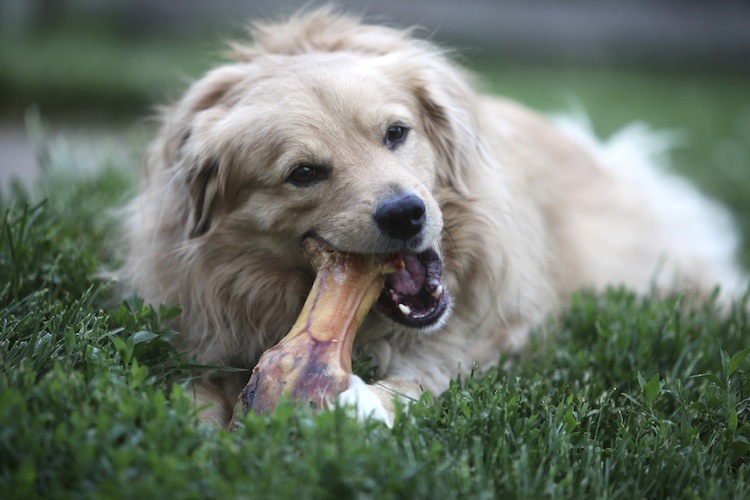
Health experts tell us if we eat more processed foods low in fibre and high in fat, sugar and salt rather than fresh, whole foods, we are at risk of developing health problems such as heart disease, stroke, obesity, diabetes and cancer.
It’s the same for your pets. If you feed your pets a steady diet of highly-processed, low-quality pet foods and treats that contain little or no animal protein and a long list of food additives such as flavours and preservatives, the question won’t be IF your pet will get sick, but WHEN.
Research suggests that cancer is a chronic inflammatory disease. Inflammation is a natural reaction in the body to help heal injuries such as broken bones or protect it from foreign substances. But, a breakdown in communication between your pet’s normal gut microorganisms, the immune system and endocrine systems — which may be caused, in part, by poor nutrition — can lead to chronic inflammation. And chronic inflammation creates the perfect environment for cancer cells to grow and multiply.
Several types of foods such as simple carbohydrates, processed grains, rice, corn and fruits with fructose are known to cause inflammation, so it makes sense to avoid these ingredients when choosing a quality pet food for your dog.
Currently, the two most popular schools of thought on feeding your pets for optimum health are: high quality kibble or a good commercial or home-made raw whole food diet. Time, cost and convenience are all factors that will likely influence which one is better for you and your pet.
High-quality or premium kibble is more expensive than low-quality kibble. However, when you compare the cost per serving between the two, high-quality kibble is the better deal because you don’t have to feed as much to get the recommended daily nutritional requirements.
In addition to the immediate health benefits of feeding your pet quality pet food — shiny coat, clean teeth, strong bones, lean body and lots of energy — in the long term you’ll save on veterinary bills.
Choosing a high-quality dry dog food begins with finding a pet food manufacturer that is open and willing to answer questions about where their ingredients are sourced from and how their products are made. Look for the manufacturer’s contact information on the pet food bag.
It’s also important to understand what to look for on the ingredient panel on the bag of dog food. The panel lists ingredients according to weight; the heaviest listed first. When a whole
meat/poultry source is listed as the first ingredient, it means that this ingredient is added frozen or fresh with over 75 per cent moisture. During manufacturing, the water is removed from the ingredient, reducing its weight and essentially moving it down the list.
Also, be aware of ingredient splitting on the ingredient panel. This practice usually takes an inferior ingredient such as corn, and “splits” it into different names (ie: corn meal, corn flour) on the panel so it looks like the food contains less of the ingredient than it actually does. This is why an evaluation of the top five ingredients is important when you rank pet foods.
For many veterinarians and pet guardians, the jury is still out on the benefits and safety of feeding your pet a commercial raw or home-made raw diet. On the flip side there are also many veterinarians and pet guardians who would not feed their pets anything else.
If you choose to feed your pets a raw diet, there are a few things you need to know. First, do your homework and make sure that the commercial raw pet foods you choose are from reputable manufacturers that pay attention to where their ingredients are sourced and they have food-handling safety protocols in place.
Commercial raw pet foods are available fresh, frozen or freeze-dried. Whether you purchase raw pet food from the store or make it at home, a good raw food diet will contain quality protein sources such as chicken, beef and turkey along with organ meats and ground-up bone. It should also contain a small amount low-glycemic, plant-based whole foods.
Once home, handling raw pet food is the same as handling raw meat when preparing meals for your family. Frozen raw pet food should be unthawed in the fridge, use a clean bowl and utensils every time, serve the correct portion size for your pet, discard any food left in the bowl, wipe down kitchen surfaces with soapy water after working with raw pet food and wash your hands before and after handling the food.
Sources:
This page has been reviewed by our Panel of Experts for accuracy. Our Panel of Experts is comprised of practitioners with varying specialities and perspectives. As such, the views expressed here may not be shared by all members of our Panel.
The content on this website is for informational purposes only and is not intended to be a substitute for professional veterinary medical advice, diagnosis or treatment.